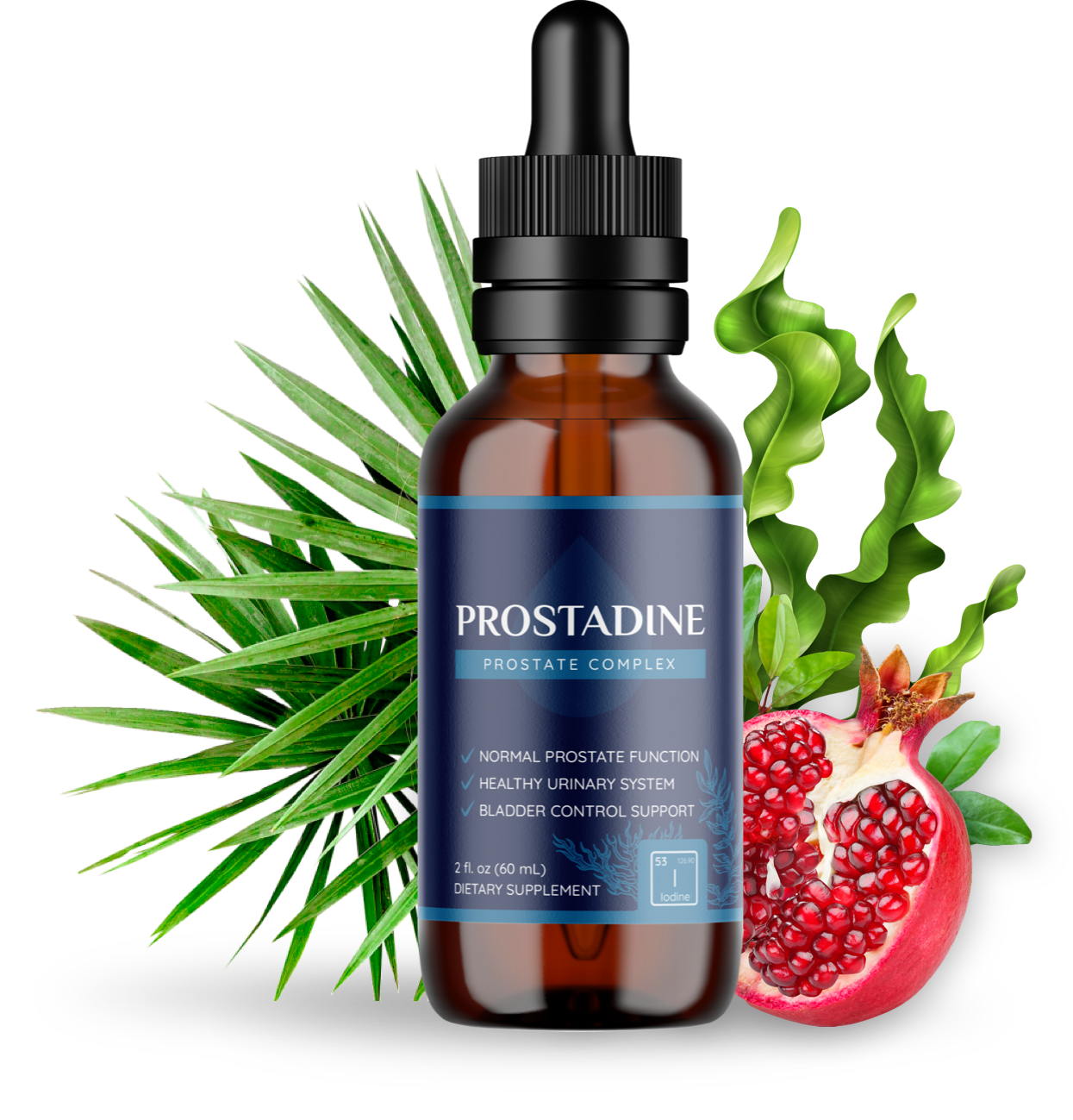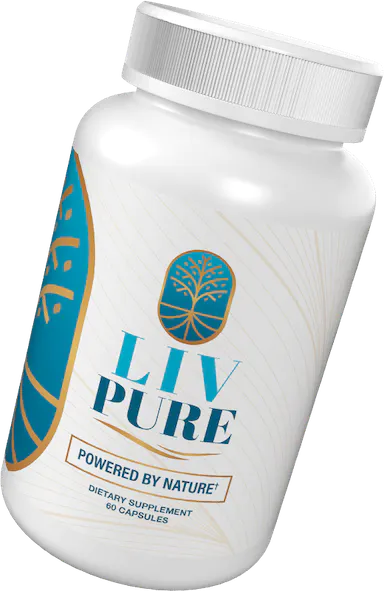As you head into your third trimester, you’re getting more and more excited to meet your baby. But some worries surrounding labor and delivery surface, too—and that’s totally okay! While your body is designed to give birth, the idea of pushing out a baby (or getting a C-section) can be intimidating. On top of that, there’s potential side effects to think about, like constipation, pain, or vaginal tearing. You may even wonder if it’s possible to prevent tearing during birth.
Vaginal tearing happens when the skin or muscle around your vagina and perineum (the area between your vagina and anus) rip because they can’t stretch enough. It’s pretty common (between 53 and 79 percent of people tear, per the American College of Obstetricians and Gynecologists (ACOG)), and can vary in severity depending on how deep it goes. Some different degrees include the following, per Penn Medicine:
- First-degree tear (the least severe type of tear): only affects the perineal skin and often doesn’t require any stitches
- Second-degree tear (the most common): affects both the skin and muscle of the perineum and requires stitches to repair
- Third-degree tear: extends into the anal sphincter (the muscle that surrounds the anus) and repairs may require general anesthesia in an operating room
- Fourth-degree tear (the least common, but most severe type of tear): extends from the vagina into the anal sphincter, but also into the rectum itself, and repairs may require care of a specialist
Sooo…can tears be prevented? Unfortunately, many (if not most) vaginal tears are unavoidable and are due to risk factors beyond your control (more on this later). Still, there are some things you can do during pregnancy and labor to try to prevent tearing (or reduce its severity).
Because there’s no guarantee that you can prevent vaginal tearing during birth, try not to beat yourself up if you do. Every body is different and will react differently to birth.
What to do before labor to avoid tearing
In preparation for labor, there are certain things you can try in pregnancy to help prevent tearing.
1. Try perineal massage
Your perineum is small (about 1.5 inches long on average), but it plays a big role in childbirth. The skin and tissues “down there” must be pliable enough to stretch and allow your baby to pass through the birth canal.
Some say that gently stretching your perineum—known a perineal massage—can help your body prepare for labor and lower your risk of tearing, says Marcy Crouch, PT, DPT, a pelvic floor physical therapist and co-host of the No Mama Left Behind podcast.
In fact, some research shows that “perineal massage may reduce serious tears involving both the vagina and rectum,” says midwife Karen Jefferson, DM, CM, FACNM, director of professional practice and policy at the American College of Nurse-Midwives. She points to an October 2023 systematic review in the Journal of Gynecology Obstetrics and Human Reproduction, which concluded that prenatal perineal massage protects the perineum from injuries in birth. The authors also said it can lessen the likelihood of fecal and gas incontinence (i.e., when you can’t control the release of your poops or farts) in the postpartum period.
Still, “the evidence that prenatal perineal massage helps prevent tearing is pretty limited,” says Nicole Rankins, MD, an OB/GYN and host of All About Pregnancy & Birth Podcast. She’s right: The data hasn’t been totally consistent. While some studies show perineal massage can reduce your risk of severe tears, others have found it makes little or no impact on tearing outcomes, according to the Cleveland Clinic.
The research is mixed because perineal massage is usually done at home, so it’s hard to know if everyone is doing it the same way. Plus, there are many other factors that can affect whether you’ll tear or not (like how big your baby is, how fast they crowned, and what interventions your doctor used). This is why it’s important to not blame yourself if you tear (it’s never your fault!).
Ultimately, the choice to try perineal massage is yours! It’s not a make-or-break decision, says Dr. Rankins. Don’t feel pressure to keep going if it’s uncomfortable (it’s not like a relaxing back massage, BTW) or if it’s not your thing.
But if you are interested in trying perineal massage, give it a try at around 34 weeks (to reduce your risk of third- or fourth-degree tears), Crouch says. Do these steps at least three to four times a week for five to 10 minutes at at time, per Crouch and the Cleveland Clinic:
- Wash your hands with a mild soap to prevent bacteria from entering your vagina. You’ll also want to make sure your fingernails are trimmed short to keep from scratching your delicate tissue.
- Lie on your back with your legs wide and knees bent, making sure that your back is supported the entire time.
- Apply a natural oil (like coconut oil or olive oil) or a water-soluble lubricant to your fingers, thum
Related Posts
Recommended Story For You :

The alpine secret for healthy weight loss

The Most Potent Fast-Acting Formula For Incinerating Stubborn Fat

Real Cortexi Users Real Life‑Changing Results

This Cold Drink Might Trigger Your Prostate

Red Boost is a powerful new formula for boosting male sexual health.

Everything you eat or drink eventually reaches your liver for processing.

Brand New Probiotics Specially Designed For The Health Of Your Teeth And Gums

Empowering You to Take Control of Your Blood Sugar Health!


